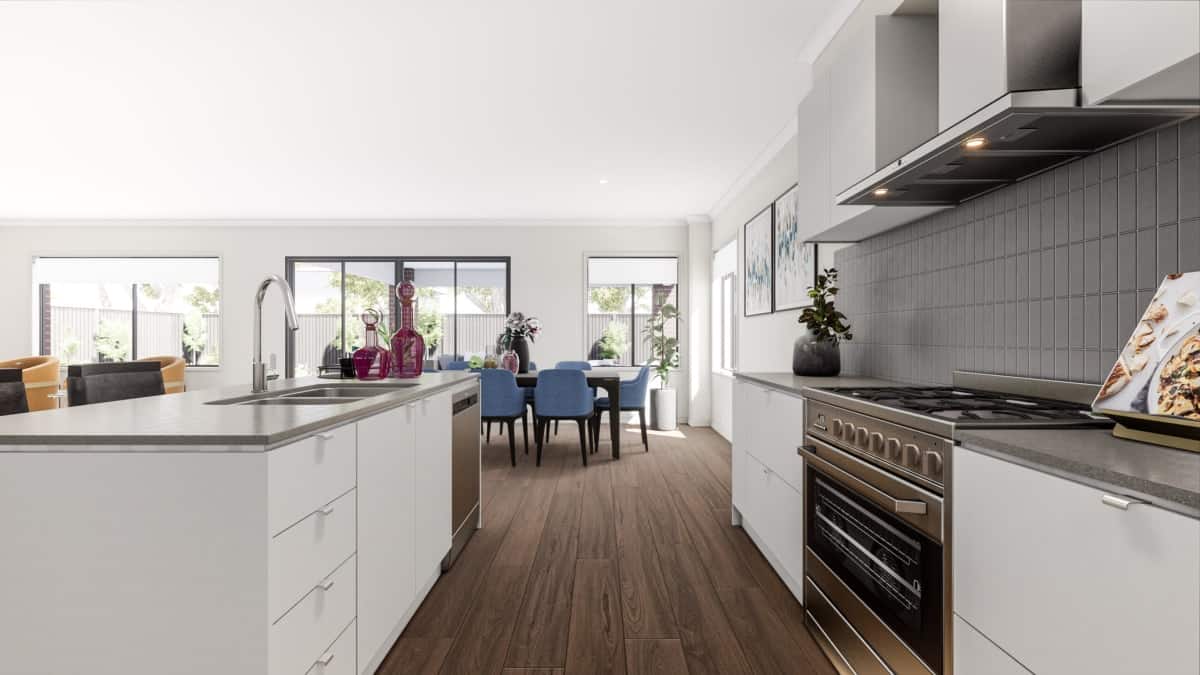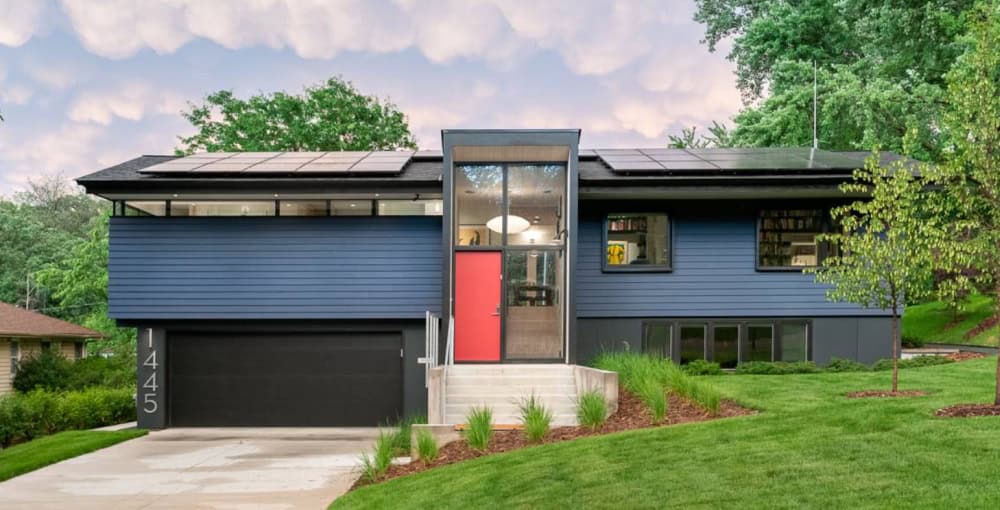Navigating Homeowners' Associations and Building Covenants
Drop a Line if you have a Question!
Associations and Building Covenants
Are you considering joining a homeowners’ association? Before you do, it’s essential to understand the ins and outs of navigating these organizations and their building covenants.
In this article, we will explore the role of homeowners’ associations, the purpose of building covenants, and key considerations to keep in mind.
We’ll also discuss how to navigate building restrictions and guidelines and address conflicts with homeowners’ associations.
Get ready to take charge of your homeowners’ association experience!

Understanding the Role of Homeowners' Associations
You’ll need to understand the role of homeowners’ associations before making any decisions about purchasing a property in a planned community.
Homeowners’ associations (HOAs) are organizations established within planned communities to maintain and manage common areas, amenities, and enforce community rules. As a homeowner, you become a member of the HOA and are required to pay regular fees, known as HOA dues, to cover the costs of maintaining and improving the community.
The HOA has the authority to enforce rules and regulations outlined in the community’s governing documents, such as architectural guidelines and landscaping standards. They also organize community events and social activities to foster a sense of community among residents.
Understanding the role of the HOA is crucial as it can impact your lifestyle, property value, and overall satisfaction with living in a planned community.
Exploring the Purpose of Building Covenants
Understanding the purpose of building covenants helps homeowners comply with the established guidelines. These guidelines are put in place to maintain the overall aesthetic and value of the community. By adhering to these covenants, you contribute to the harmonious living environment and protect your investment.
Building covenants cover various aspects, such as architectural styles, exterior colors, landscaping, and even the types of fencing allowed. They ensure consistency and prevent any unsightly or incompatible structures from being erected.
Key Considerations Before Joining a Homeowners' Association
Before joining a homeowners’ association, it’s important to consider the financial obligations and potential restrictions that may impact your lifestyle.
Firstly, you should be aware of the monthly or annual dues that you will be required to pay. These fees are used to maintain common areas, such as parks or swimming pools, and can vary greatly depending on the amenities provided. Additionally, some associations may have special assessments for unexpected expenses or major repairs.
Secondly, you should carefully review the association’s rules and regulations. These may include restrictions on exterior modifications to your property, noise levels, or even restrictions on certain types of pets. It’s crucial to ensure that these rules align with your lifestyle and preferences before committing to joining a homeowners’ association.
Navigating Building Restrictions and Guidelines
To ensure compliance with the guidelines, it’s important to familiarize yourself with the specific building restrictions before making any modifications to your property.
Building restrictions are put in place by homeowners’ associations to maintain the aesthetic and structural integrity of the community. Before you start planning any renovations or additions, take the time to review the rules and regulations provided by your homeowners’ association. These guidelines will outline what types of modifications are allowed, the materials that can be used, and any height or size limitations.
By understanding these restrictions, you can avoid potential conflicts and costly mistakes. It’s also a good idea to consult with the association or seek professional advice if you have any questions or concerns.
Resolving Conflicts With Homeowners' Associations and Building Covenants
When conflicts arise with your homeowners’ association, it’s important to address them promptly and professionally to find a resolution. Remember, open communication is key.
Start by contacting the association’s board or management to discuss the issue at hand. Clearly explain your concerns and listen to their perspective. Be respectful and calm during these conversations, even if tensions run high. Remember, everyone wants a harmonious living environment.
If the initial discussion doesn’t resolve the conflict, consider attending a homeowners’ association meeting to present your case in front of other members. Document any evidence or supporting documents that can help strengthen your argument.
If all else fails, you may need to seek legal advice to understand your rights and options. Keep in mind that finding a resolution may require compromise, so remain open to finding a mutually beneficial solution.
Conclusion
In conclusion, navigating homeowners’ associations and building covenants can be a complex process. However, with careful consideration and understanding, it is possible to find harmony within these communities.
By recognizing the role and purpose of homeowners’ associations and building covenants, and adhering to their restrictions and guidelines, you can create a peaceful and enjoyable living environment.
In the event of conflicts, open communication, and mediation can help find resolutions. Remember, being a part of a homeowners’ association can offer many benefits. So approach it with an open mind and willingness to work together.

Have a question?
Become a
























